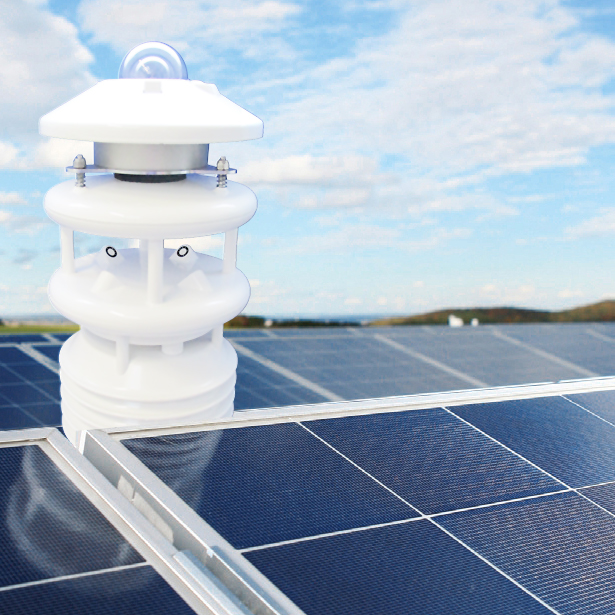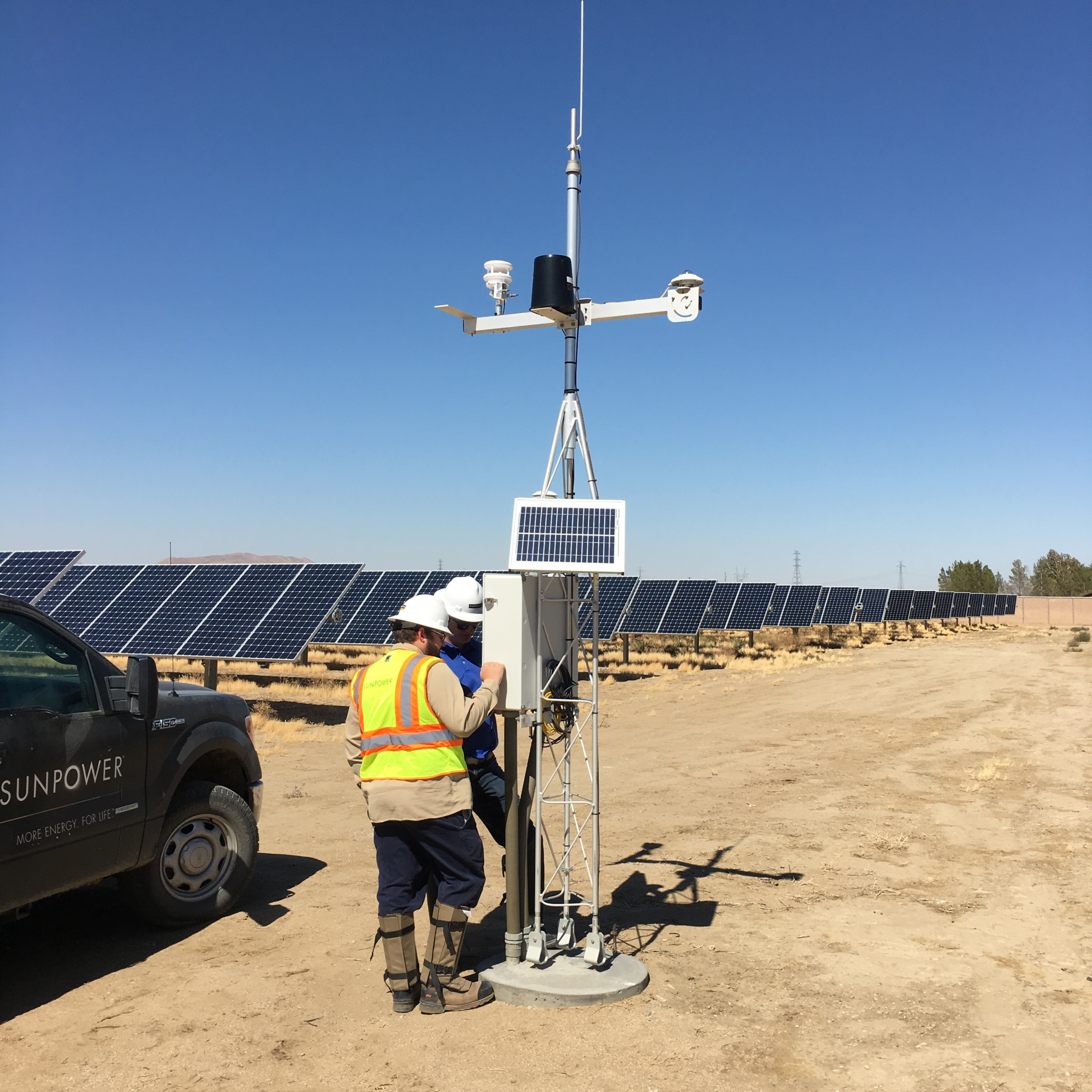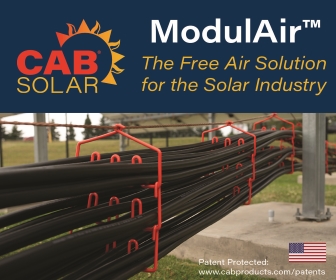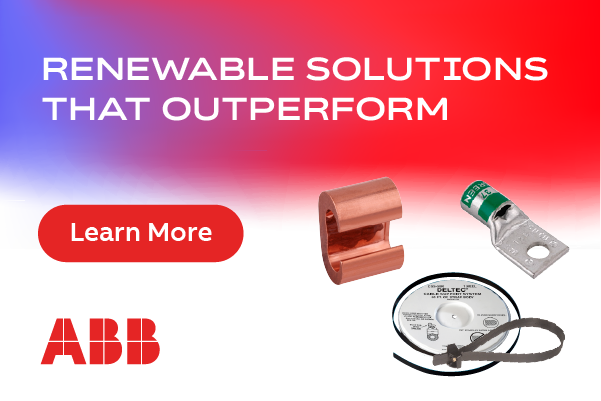Does More Sun Equal Higher PV Plant Performance?
Solar power components have undergone an extreme cost reduction of 99.61 percent - from 76$/W to 0.3$/W - since they started to evolve in 1977. Since 2014, they have been able to compete with atomic or coal-fired power. Reasons for this trend are scale effects, sinking feed-in tariffs, increasing competitive pressure (e.g. from China) funding programs, as well as technological process. The latter also increased the service life and efficiency of solar cells. The newest silicon-based solar modules run for 35 years, and have a performance ratio of 80 percent, and rising. Compared to the 1980s, this increased by 20 percent. Moreover, up-to-date solar plants pay back after less than one year. Thus, they give back twenty times the energy that was necessary to produce them, when operating 20 years.[1]
As a result, solar plants are springing up like mushrooms worldwide: Between 2010 and 2016, the amount of utility-scale PV and thermal plants increased by about 72 percent, making it the fastest growing energy industry.
What kind of environmental factors influence solar power plants?
Solar cell material, module size, and surroundings (trees, mountains, etc.) are all factors that influence solar cell performance. Weather-related parameters include radiation, temperature, wind, humidity and precipitation. Since all of these variables affect the profitability and protection of a PV plant, professional weather stations are necessary to the success of any solar farm.
How to deal with weather factors?
Global radiation is the key parameter for continuous plant assessment. It influences the possible yield, and thus the profitability. Radiation is dependent on-site geography; the closer to the equator, the higher the radiation. Aerosols and cloud optical depth also contribute to the reduction of radiation.
They are often monitored by super sensitive (7 to 14-V/W/m ²) thermopile pyranometers. The most high quality pyranometers are maintenance-free for 10 years, don't need to be powered, and fulfil the Secondary Standard, which is the highest WMO standard for pyranometers.
Ambient Temperature
High ambient temperatures can cause noticeable reduction in efficiency: The dark glass of solar modules absorbs so much heat, that the "nominal" cell temperature is about 25 degrees higher than the ambient temperature. If the surrounding is 104 °F, for example, the solar cell is heated up to about 149 °F, and its efficiency drops by 18 to 15 percent.[2] Ambient temperatures of 68 °F are optimum.
Digital NTC[3] thermistors measure this parameter with an accuracy of up to 32.36 °F. This level of accuracy is supported by active ventilation, and a special housing that protects the probe from direct sunlight.
Relative humidity and dew point
The dew point is the threshold where air humidity is separated in form of dew or mist, at a constant air pressure. Small dewdrops form when they meet cooler objects - the air is saturated with vapor, and humidity measures 100 percent. The more vapor in the air, the higher the dew point. If the ambient temperature drops below 32 °F, these dewdrops can freeze and cause frost. Such ice or water particles can cover solar modules, and significantly impede their operation.
Capacitive relative humidity sensors precisely monitor humidity. They boast fast response times, low hysteresis, and accuracies of up to 2 percent. Combined with a NTC temperature and a MEMS[4] capacitive pressure sensor, the dew point can be determined with a 33.26 °F accuracy.
Wind
Wind measurement is essential to help safeguard a PV system. While breezes have a cooling effect on solar panels, wind gusts can cause damage, especially during storms. Trackers protect solar modules by adjusting them into a position that exposes the least amount of surface to the elements.
Up-to-date ultrasonic wind sensors are capable of measuring both wind strengths of up to 200mph with an accuracy of 0.6mph, and directions with 3 ° accuracy. They are highly stable, with no moving parts, long-term maintenance-free operation, and an extensive MTBF of about 10 years. Moreover, they boast low response thresholds for fast measurements.
 Precipitation
Precipitation
Precipitation influences solar panels in many ways. Liquid precipitation can have a positive cleaning effect. Panels are prone to collect many types of deposits on the surface such as leaves, bird droppings, pollen, dust, and sand. Rain is a natural way to wash them away. On the other hand, snow can build up, and hail may cause serious damage. Solar trackers mitigate the effect of most types of precipitation.
High-tech precipitation sensors are capable of distinguishing between precipitation types. Doppler radar sensors are maintenance-free, have a high resolution of 0.39mil, and an accuracy of up to 10 percent. They recognize droplets as small as 0.3mm, and precipitation intensities of up to 7.8 in/h.
Which weather sensors are suitable for utility scale PV plants?
Combining all these weather sensors in one housing can save owners time and money. Even if the acquisition costs are higher than those of mechanical sensors, digital sensors outpace them in terms of service life. On average, mechanical sensors need to be replaced after 2 years, but digital sensors can operate for 10 years with no maintenance. Comprehensive weather measurement is a smart choice for a successful and profitable solar installation.
Helena Wingert is an editor and content specialist at Lufft - a German developer and supplier of environmental measurement equipment with a 136-year history. She works closely with R&D and sales to create data sheets, blog posts, press releases and more. Helena has a Master's degree in Business Management, which she achieved dually at Lufft and the School of International Business and Entrepreneurship at Stuttgart, South-Germany.
Lufft | www.lufft.com
[1] Fraunhofer ISE (2017). „Photovoltaics Report" (PDF), P. 8, retrieved 2017-10-10. URL: http://bit.ly/2qmNsZu
[2] Wetzel, Daniel (2015-07). „Die Rekordhitze bremst die Solarstrom-Produktion". Welt.de. Retrieved 2017-10-11. URL: http://bit.ly/2y9Ypkg.
[3] Negative Temperature Coefficient
[4] Microelectromechanical systems
Volume: 2017 November/December









.png?r=5058)


